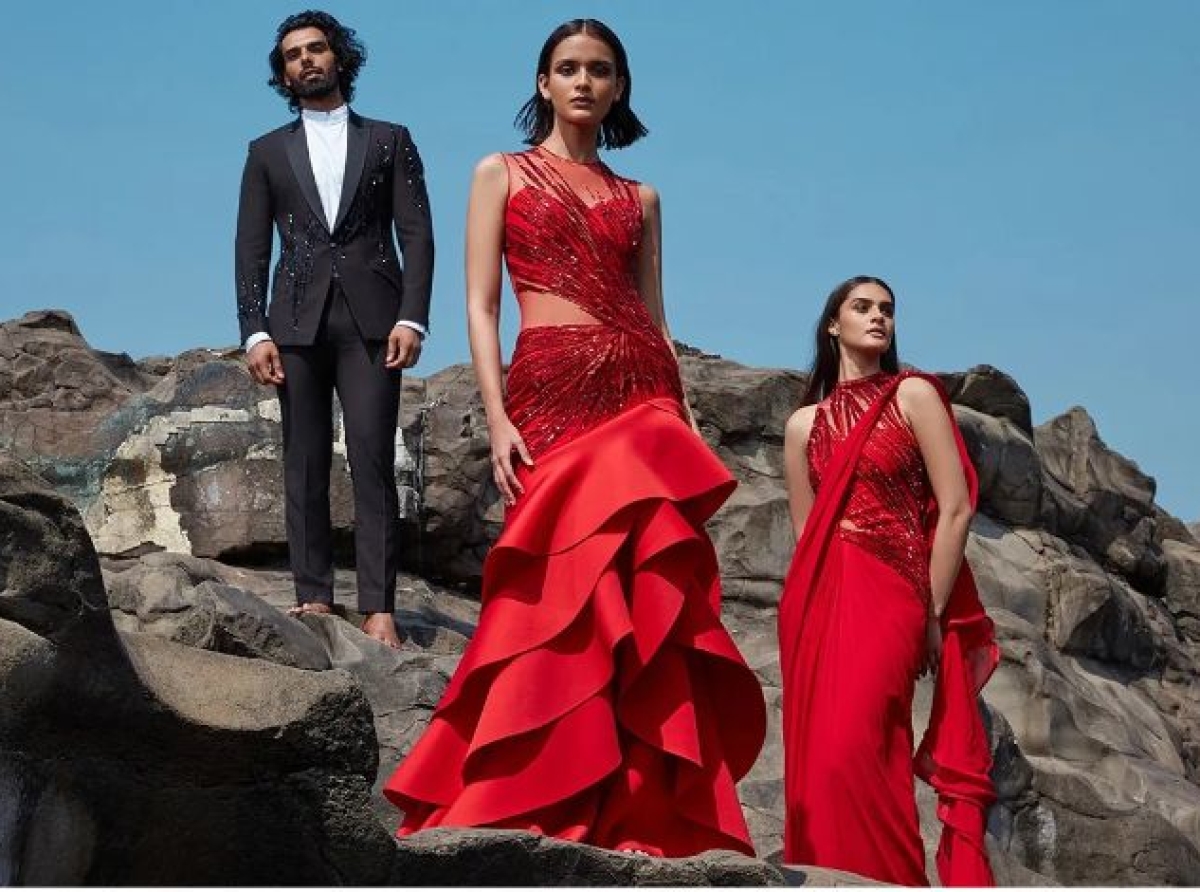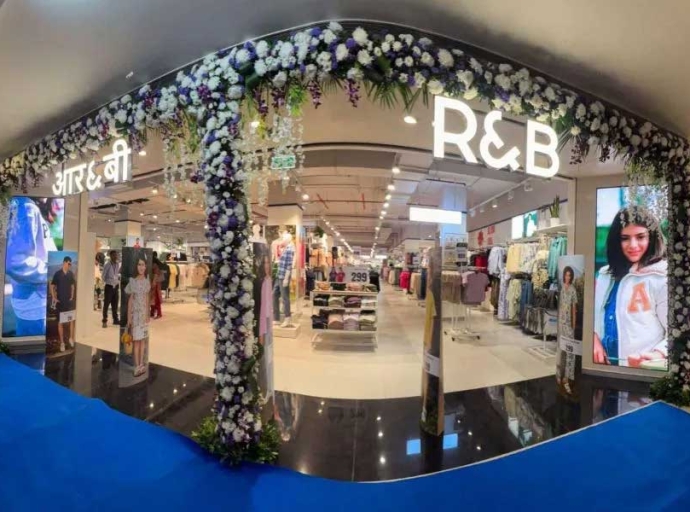Indian design and craftsmanship make a mark in Western fashion world

09 November 2022, Mumbai:
A new battle rages on, fuelled by the politically-correct opinion leaders – that of cultural appropriation. Whilst it may be considered limiting for the ever-seeking fashion sector, always on the lookout for new ideas, there is a solid case for appropriation too. When indigenous designs and craftsmanship are superimposed on items that have no context to the said design and craftsmanship, then it is termed as fusion but the flipside is blatant appropriation.
Global footprint for Indian designs
India has for centuries been associated with the finest in textile, embroidery, prints and craftsmanship – from ornate brocades to exquisite and grand jewellery. In fact, luxury was perhaps invented in the royal courts of Bharat before the Romans discovered and fell head over heels in love with luxury. It was India that gave the world its first taste of the finest fabrics with intricate weaves and statement accessories in gold and silver, studded with diamonds, emeralds, sapphires and rubies.
Word has it that the intricate patterns of India created the vision Louis XIV had for the magnificent Versailles. In Napoleonic France and through the novels of Jane Austen in Regency England, we see how wearing fine Indian muslin denoted the consumer’s status, taste and connoisseurship. Such was the popularity of textiles like the brightly-painted chintz, that France and England placed decades-long bans on their import in the 18th century in order to protect their own silk and wool mills. However, the desire for these vibrant textiles meant that despite hefty fines, they were smuggled as contraband and worn in the privacy of the home.
Indian embroidery is loved across the world and designers have made embroidery a contemporary statement in the Western fashion world. Another Indian contribution is draping. Be it a sari or a dhoti, Indian dress patterns often include a lot of pleats. This pattern has been creatively adopted in forming ruffle crop tops and drapes for gowns. Indo-western outfits are a coalition of elements from Indian traditions and western world of apparels. Indo-western looks include a fun styling experience of matching and accessorizing elements of both cultures to create an alluring ensemble. Already popular in India, it is spreading across Europe in particular.
Are Indians seeing this entire legacy of transfers of their design and craftsmanship to the West as cultural appropriation? In all possibilities, Indians haven’t yet jumped on to the “cultural appropriation bandwagon and rather interpret it as appreciation. The trend to capitalize on Indian design has benefitted Indian designers as their fusion wear is gaining popularity globally for fashionistas with a luxury edge. Additionally, our craftsmen are gaining more work as bespoke designs are being ordered for in mass quantities. Fashion houses are commissioning exclusive patterns inspired by the traditional Indian designs of various regions.
In such a scenario, India seems to be not only regaining its pole position as the provider of beautiful, exquisite and timeless luxurious items but also adding this to its portfolio of soft skills to charm the world.
Latest Publications

































